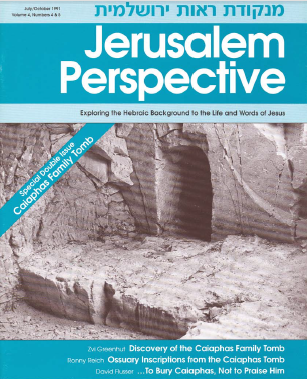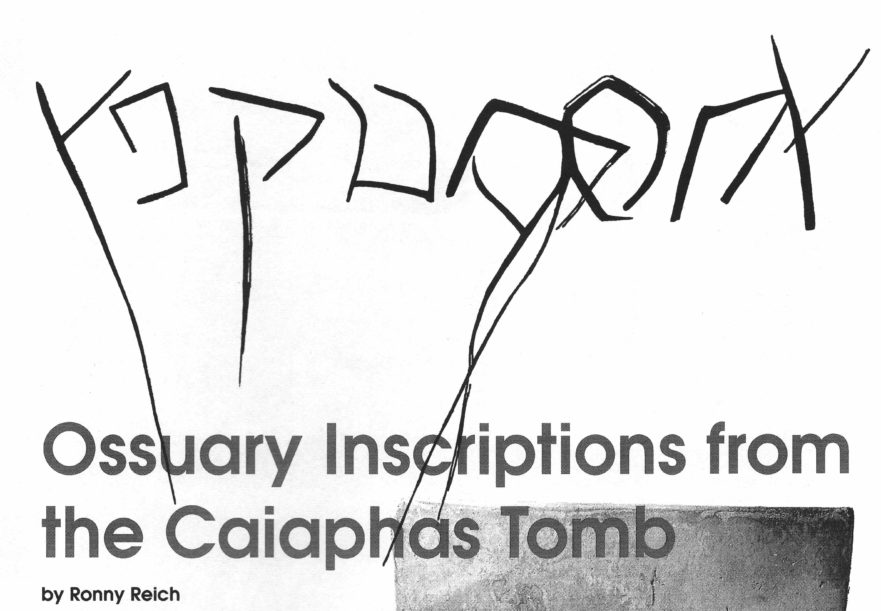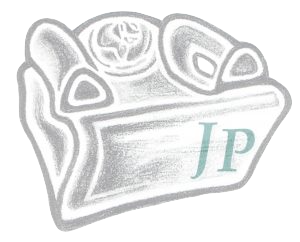How to cite this article: Ronny Reich, “Ossuary Inscriptions from the Caiaphas Tomb,” Jerusalem Perspective 33/34 (1991): 13-22 [https://www.jerusalemperspective.com/2598/].
The ossuaries Zvi Greenhut excavated from a burial cave in the south of Jerusalem bear several inscriptions.[1] These are actually graffiti in the cursive style of Jewish script typical of ossuary inscriptions, and were incised with a sharp implement, probably by the relatives of those who were being buried. The language of the inscriptions is Aramaic which, together with Hebrew and Greek, was one of the three languages used by Jews in the Second Temple period.
Some letters are clear, such as the ל (lamed), ק (kof) and ש (shin). Others are more difficult to read, such as the mem in its medial (מ) and final (ם) forms. One typical feature of cursive script is the use of ligatures, that is the connection of two adjacent letters into one combined sign.
To the Hebrew-reading layman, the form of א (alef) that appears in these inscriptions might seem strange. The letter is missing its left leg and looks like the final form of the tsadi (ץ). In fact it is one of the cursive forms of the alef in use in this period.[2]
These inscriptions are small in size and crudely drawn, and it is obvious that they were not meant for public display. Rather, the inscriptions were for the purpose of identifying the various family members buried in the tomb. Perhaps also it was believed that writing the deceased person’s name would keep it from being forgotten.
Paid Content
Premium Members and Friends of JP must be logged in to access this content: Login
If you do not have a paid subscription, please consider registering as a Premium Member starting at $10/month (paid monthly) or only $5/month (paid annually): Register
One Time Purchase Rather Than Membership
Rather than purchasing a membership subscription, you may purchase access to this single page for $1.99 USD. To purchase access we strongly encourage users to first register for a free account with JP (Register), which will make the process of accessing your purchase much simpler. Once you have registered you may login and purchase access to this page at this link:

- [1] See Zvi Greenhut, “Discovery of the Caiaphas Family Tomb.” ↩
- [2] N. Avigad, “The Palaeography of the Dead Sea Scrolls and Related Documents,” Scripta Hierosolymitana 4 (1965): 56-87, Cols. XXIII, XXV, XXXII. ↩































































































